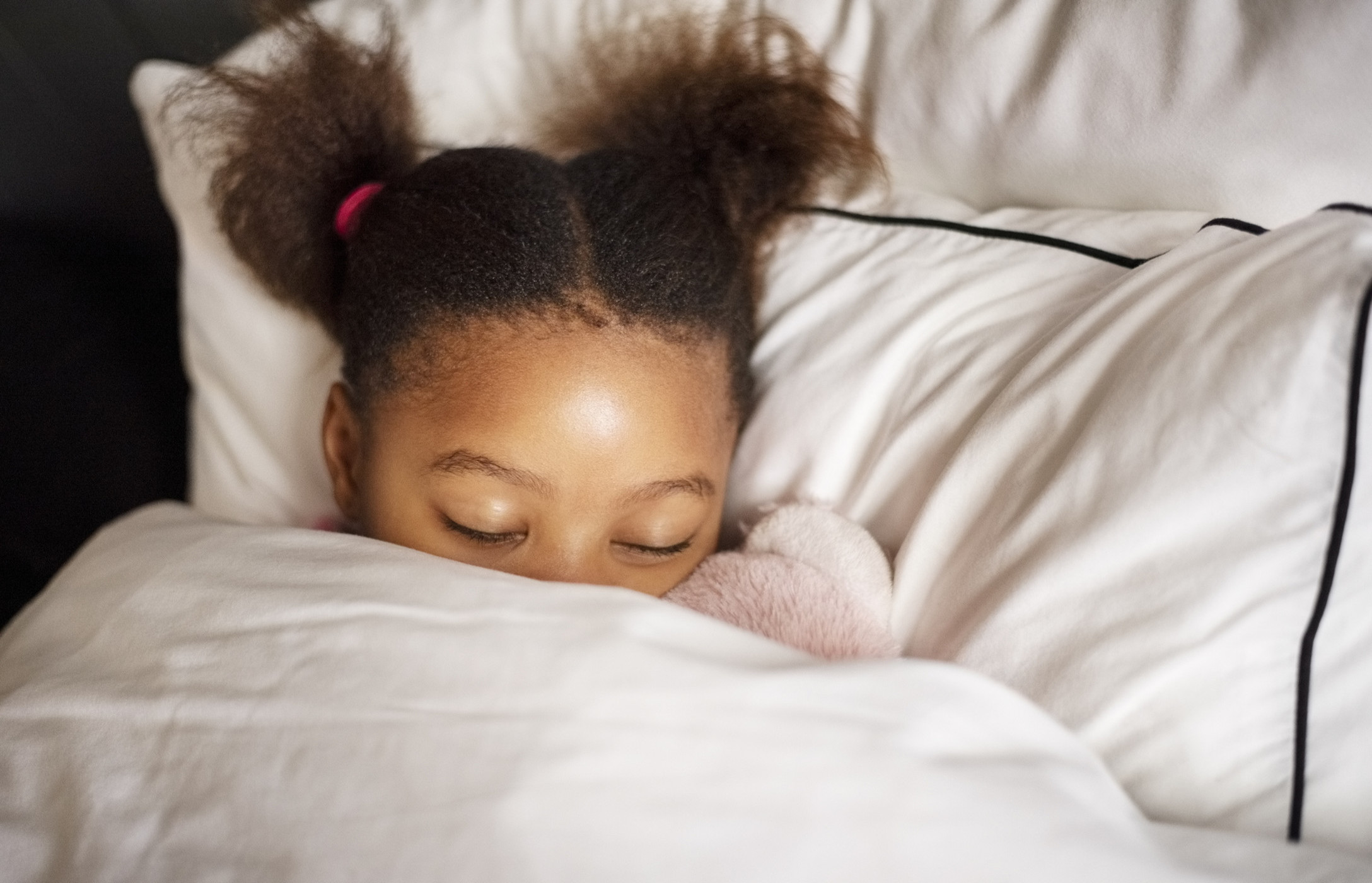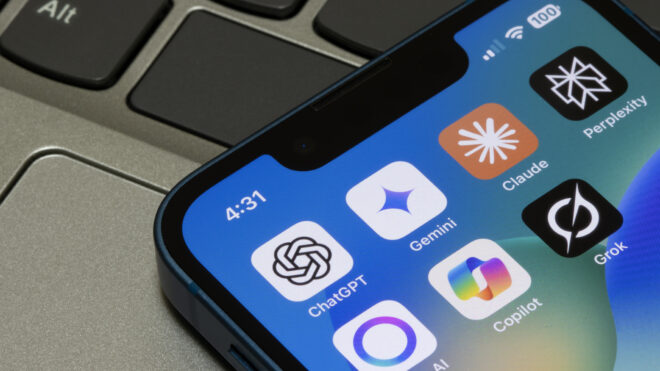
Putting your kids to bed can be a real nightmare, especially if you've tried everything — bedtime stories, a glass of milk, maybe even a child’s melatonin gummy.
But I’m willing to bet money that you haven’t tried the sleeping hack recently shared by blogger Emma Sweat. According to the mom of five, her foolproof method for tuckering her kids out is candlelight. Yep, candlelight.
Emma's parenting tip is old school — really old school.
The mom regularly posts advice on food, home design, and caring for her five sons on her Instagram page. But on February 22, she shared the one tip that’s really worked for her kids.
“My children had never slept better than they did during a power outage four years ago,” she wrote. “It was an outage caused by an ice storm and lasted four days!”
Clearly, it wasn’t just a lack of video games that was helping. There was something else that was key to the bedtime success.
“We spent all of those days living by natural light and candlelight. We played board games and read books aloud together all day long,” she explained.
Of course, after a day spent cooped up inside, one would assume that bedtime would be “disastrous.”
“But much to our surprise when we put the boys to bed early THEY STAYED! AND feel asleep QUICKLY!” she wrote.
Emma wrote that this was "completely out of character" for her kids.
“We always had the biggest struggle getting them to stay in bed,” she explained. “But the more I thought about it, the pieces started to come together.”
Their apartment usually uses “harsh” fluorescent lighting.
“In this outage however, by the time they went to bed they had been living by dim candlelight for a few hours,” she explained. “This gave their bodies plenty of time to register that it was evening and produce melatonin.”
The mom suggested that blue light is probably the cause of many of our kids’ sleeping issues.
According to the Centers for Disease Control and Prevention, blue light can mess with our circadian rhythms, which means it can make it hard for you to fall asleep and stay asleep.
But without any access to screens or fluorescent light, “It was such peaceful sleep!” Emma wrote.
“The body makes more melatonin once the sun goes down,” she explained. “However, [when] we are simulating daylight with artificial light the body will make much less.”
People loved the mom's suggestion.
"Dude this is wild," one commenter wrote. "I wanna try."
"Oil lamps for each room sounds lovely!" another person commented. "You’ve inspired me!"
Someone else chimed in: "Wow!! I absolutely love this! It’s such a testament to our body’s natural rhythm."
And some people swore this hack worked for them.
"Yes!" wrote one person. "We exclusively use warm toned incandescent bulbs only when needed + use only candlelight after sunset."
"My kids slept so well when we lost power for 3.5 days this month!" another commenter shared.
"Funny how we experienced the exact same thing with our three kids about three years ago… Power outage, candlelight, nice and peaceful diner and evening…," added a third commenter. "We then realized how obvious the reason why: our bodies are indeed meant to slowly 'shut down' after sunset… Nowadays we often spend evenings by the candlelight, our kids just love that!"
Emma also suggested that the red light from the flame can stimulate melatonin production — "so candles are actually a sleep aid!"
According to Emma’s post, they went without electricity for about four days, but for most of us it’s probably not realistic to cut screens 24/7. But if you’re feeling adventurous and want to give it a try, Emma suggests starting off by having a candlelit dinner and then reading to your kids by candlelight or fireside.
"Perhaps that’s why we never hear of terrible bedtimes in historical novels like we hear about now," she joked.




